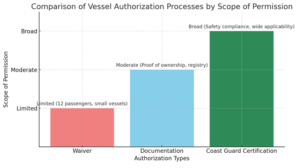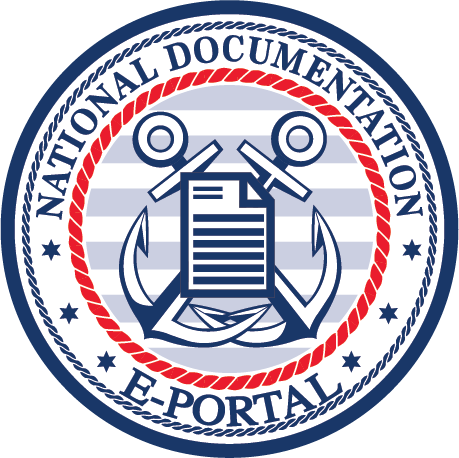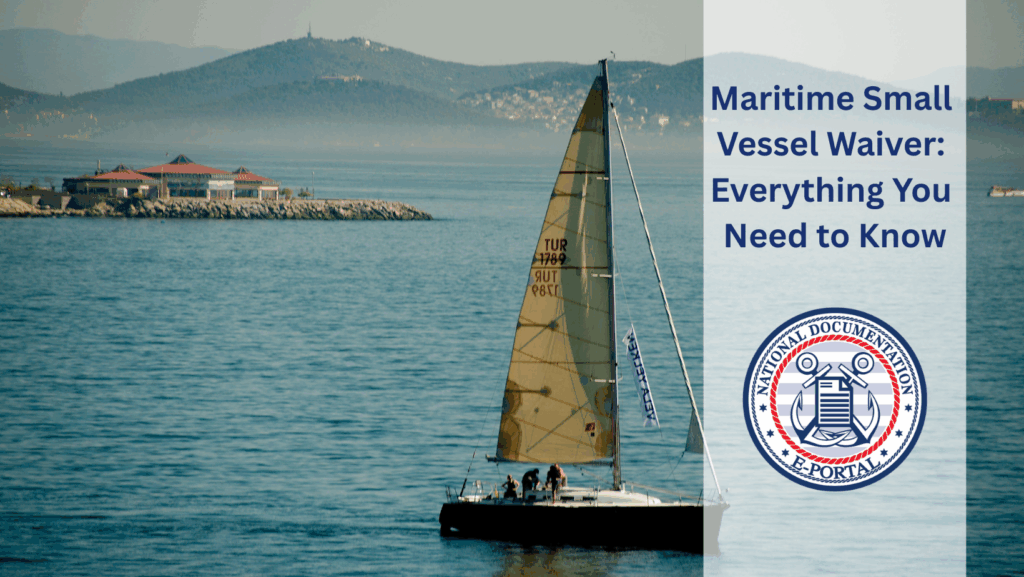One of the main obstacles to the entry of the U.S. maritime market is the strict rules and regulations, which, in the opinion of many entrepreneurs and vessel owners, make the process intimidating. The Maritime Small Vessel Waiver is a tool to get past the issues that block you from going further. The intention behind it is to effortlessly enable the operation of small foreign-built passenger vessels in U.S. waters for commercial means like tours or charters.
The act of vessel owners applying for and getting this exception transforms them into people of access to opportunities that they otherwise would not have under the Jones Act. This initiative is the instrument for the support of micro-merchants while upholding the regulation requirements. Any person who is thinking of starting a business in the passenger commercial sector with a vessel that is built abroad must know the importance of this waiver.
The article gives an overview of the Maritime Small Vessel Waiver, the necessary qualifications, expectations, and practical exercises of the Maritime Small Vessel Waiver handling.
Overview of the Maritime Small Vessel Waiver
One authority unites the Maritime Small Vessel Waiver and the Maritime Administration (MARAD) to bring a foreign-built small vehicle to the U.S. waters to transport a passenger group of less than 12 people for hire.
Key Features of the Waiver
- Eligibility Only for a vessel that is less than 100 gross tons.
- Passenger Limit: Up to 12 passengers only.
- Commercial Use: The vessel should have been employed for charters, tours, or passenger excursions only.
- Application Process: Submission is necessary with MARAD along with vessel particulars and the nature of the operations.
| Requirement | Description | Benefit for Owner |
|---|---|---|
| Vessel Size | Less than 100 gross tons | Allows smaller vessels to qualify |
| Passenger Limit | Maximum of 12 passengers | Keeps safety manageable |
| Vessel Origin | Typically foreign-built | Opens opportunity for imports |
| Application Approval | MARAD review and issuance of waiver | Legally enables commercial use |
This framework provides small operators with the opportunity to increase their range of business possibilities while at the same time being compliant.
Legal and Regulatory Considerations
The purpose of the waiver was to harmonize the chances for making money with maritime law. It does not in any way change the standards of safety or the requirements of the Coast Guard.
Application Process
- Complete and hand over a MARAD request form together with the details of the ship.
- Explain the commercial use of the ship, for instance, if it is going to be used for tours or charters.
- MARAD reviews the petition and authorizes the exception if the conditions are met.
Relationship to the Jones Act
The Jones Act forbids the operation of foreign-built vessels for commercial purposes in American waters. The waiver is a legal exception that allows the small passenger vessels to start a business without compromising safety.
Limitations of the Waiver
- No transportation of goods was allowed.
- The operations of the vessel were limited to the transportation of passengers.
- They were still subject to safety inspections and documentation requirements.
Comparing the Waiver with Other Vessel Documentation Processes
The Maritime Small Vessel Waiver differs significantly from other federal documentation processes.
Waiver vs. Standard Vessel Documentation
- Waiver: Grants permission for foreign-built vessels to operate commercially with limitations.
- Documentation: Establishes ownership and compliance but does not override Jones Act restrictions.
Waiver vs. Coast Guard Certification
- Waiver: Focused on legal permission under MARAD.
- Certification: Ensures safety compliance and inspection readiness.

- Waiver offers a limited scope, suitable for small vessels and up to 12 passengers.
- Documentation provides a moderate level of permission, confirming ownership and registry.
- Coast Guard Certification grants a broad scope, ensuring safety compliance and wider usage.
This comparison highlights that the waiver fills a niche role, complementing other compliance measures.
Practical Tips for Securing a Maritime Small Vessel Waiver
Applying for a waiver requires preparation and attention to detail.
Confirm Eligibility
Ensure your vessel is under 100 gross tons and designed for passenger use.
Prepare the Application
Include vessel specifications, ownership details, and intended business model.
Submit to MARAD
File the application and await review. Be prepared to provide additional information if requested.
Maintain Compliance
Even with the waiver, adhere to Coast Guard safety and inspection requirements.
Why the Maritime Small Vessel Waiver Matters
The National Documentation E‑Portal is an excellent chance for those who own and run boats to be able to use the passenger services for commercial purposes get more extensive. The waiver acts as a link between the severe maritime laws and the aspirations of small businesses, thus creating spaces for the growth of such businesses through tours, charters, and excursions.
By grasping the differences from other documentation processes, the compliance obligations, and the requirements, owners of the vessel can apply for this waiver in a sure and gainful manner. Even though it does not release from safety or other regulatory duties, it is an open invitation for entrepreneurs to get their businesses running legally and flourish in the waters of the U.S.

